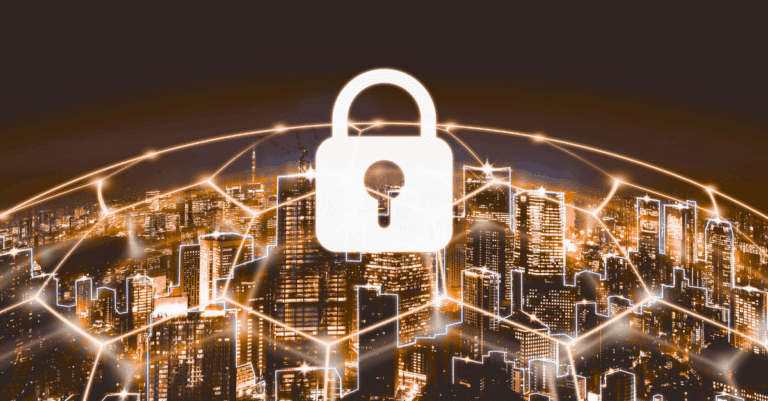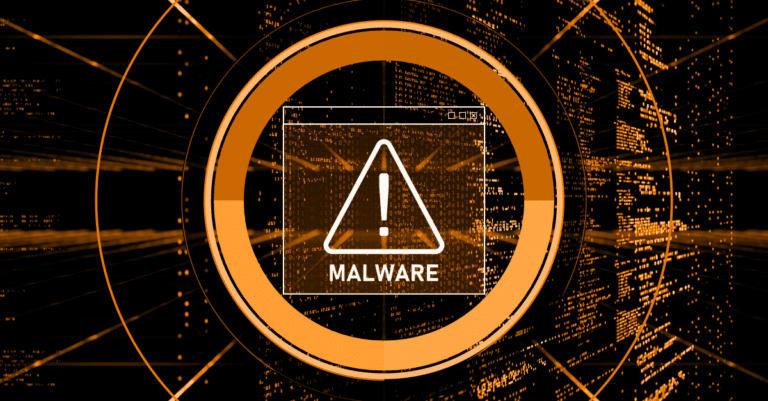Cybersecurity threats continue to rise in 2025, and many small and midsize businesses are rethinking their protection strategies. If you’re comparing Endpoint Detection and Response (EDR) to Managed Detection and Response (MDR), you’re not alone. Both solutions are powerful, but they serve different needs. Choosing the right fit depends on your security posture, internal expertise and risk tolerance.
This article explains the difference between EDR and MDR, the pros and cons of each, and how to determine the right solution for your business in 2025.
Understanding the Difference: EDR vs MDR
EDR, or Endpoint Detection and Response, is a tool-based solution that monitors endpoint activity in real time. It detects threats, isolates infected devices, and provides detailed forensic data. However, EDR requires internal security teams to manage alerts, analyze threats and take action during incidents.
MDR, or Managed Detection and Response, is a fully managed cybersecurity service. It combines EDR tools with 24/7 monitoring, threat intelligence and incident response services delivered by a team of external experts. MDR is designed for businesses that need comprehensive protection but lack in-house security analysts or a dedicated Security Operations Center (SOC).
EDR: Strong Tools, Hands-On Management
EDR solutions offer granular visibility into endpoint behavior and enable threat detection at the device level. These systems are well-suited to businesses with experienced internal security teams that can analyze alerts, conduct threat hunting and respond quickly.
Businesses that choose EDR benefit from real-time monitoring and detailed reporting. However, they are also responsible for interpreting large volumes of data and coordinating their own incident response plans. This can overwhelm teams without dedicated resources.
EDR works best for companies with a strong IT department and the ability to manage a growing list of security tools and responsibilities.
MDR: Complete Protection Without the Complexity
MDR services take the burden off internal teams by providing continuous monitoring, detection and response across your entire environment. This includes endpoints, cloud infrastructure and networks. Instead of simply generating alerts, MDR providers investigate incidents, contain threats and guide recovery in real time.
An MDR solution typically includes a combination of EDR tools, threat intelligence feeds and extended detection and response (XDR) capabilities. These services help reduce alert fatigue, accelerate response times and offer a more proactive security posture.
MDR is ideal for privately held businesses, particularly those with 10 to 200 employees, who want strong protection but do not have the time, staff, or expertise to manage cybersecurity internally.
How Do You Choose?
If your business has in-house security experts, a clear incident response plan and time to manage tools, EDR might be a good option. It provides deep visibility and control, especially in environments with straightforward needs.
If your team is already stretched thin, or if you’re concerned about rising ransomware attacks and regulatory requirements, MDR provides peace of mind. It gives you access to skilled analysts, 24/7 monitoring and a reliable escalation path when threats occur.
In 2025, many businesses in Indiana and across the Midwest are choosing MDR as a scalable, cost-predictable solution that doesn’t require building a security department from scratch.
EDR vs MDR: A Quick Comparison
| Capability | EDR (Endpoint Detection & Response) | MDR (Managed Detection & Response) |
| Monitoring | Internal teams only | 24/7 outsourced monitoring by experts |
| Scope | Endpoints (devices only) | Endpoints, networks, cloud, and infrastructure |
| Incident Response | Internal response required | Fully managed detection and response |
| Setup and Maintenance | Hands-on by in-house IT | Provider handles deployment and tuning |
| Security Tools Included | Yes | Yes (including EDR tools and often XDR solution) |
| Threat Detection and Response | Manual | Automated and expert-driven |
| Best Fit | Companies with internal security staff | Small to mid-size businesses without in-house SOC |
Common Questions from Business Owners
Is MDR more expensive than EDR?
MDR costs more since it includes expert services, automation and peace of mind that EDR alone does not offer. When you factor in the cost of hiring or training internal teams, MDR can be more cost-effective.
Can I start with EDR and move to MDR later?
Yes. Some businesses begin with EDR tools and upgrade to managed detection and response services as their needs grow. The transition is often smooth if your MDR provider supports the tools you’re already using.
Does TechKnowledgey provide MDR services?
Absolutely. We offer MDR services tailored to Indiana businesses that need efficient, affordable security coverage without the complexity of managing it themselves.
So What Does Your Business Need in 2025?
If you want full visibility and have the internal team to manage alerts, then EDR may be enough for now. But if you’re short on time, concerned about growing threats or looking for a more proactive approach, MDR is a smart investment. It offers reliable threat detection, continuous incident response, and expert support – all wrapped into one managed service.
TechKnowledgey helps you align your security strategy with your business goals. Whether you’re exploring MDR service options or need guidance on the best security solutions for your size and industry, our team is here to help.
Contact us today to discuss whether EDR or MDR is the right fit for your business.






